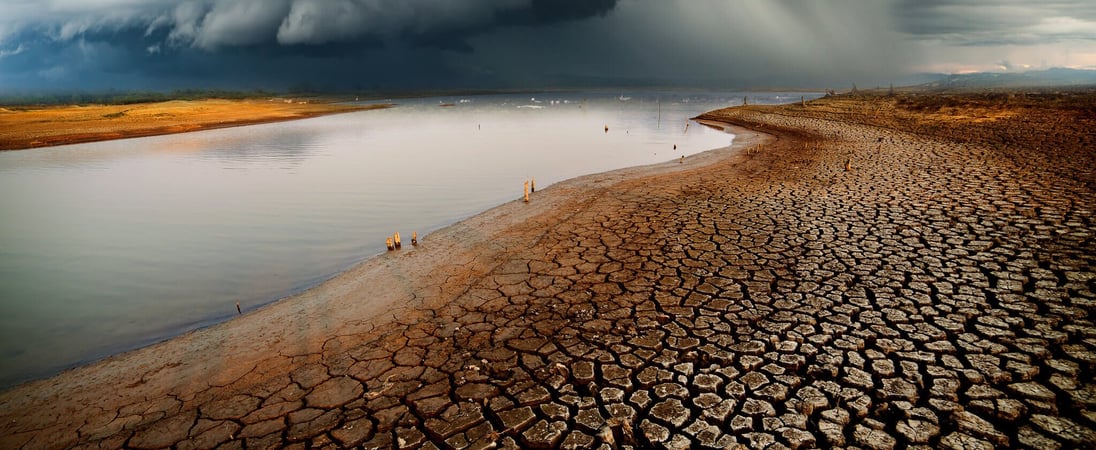
International Cli-Fi Day
International Cli‑Fi Day celebrates stories where climate change isn’t just a backdrop—it’s part of people’s lives.
These stories dive into how rising seas, shifting seasons, or failing crops affect families, friendships, and futures. Readers step into shoes they may never have tried on before.
One page might follow a young girl losing her village to floods. Another might trace a farmer trying to grow food in dry, cracked soil. The genre invites curiosity, not lectures. It gives facts a heartbeat.
This day matters because climate change can feel far away or too big to grasp. But fiction makes it close, personal, and often unforgettable.
A well‑told story can bring the heat, the fear, and even the hope straight into your living room.
It stirs feelings that news reports often can’t reach. Writers and scientists alike believe stories help us care, and caring can lead to action. That’s what Cli‑Fi does best—it connects the science with our shared human experience.
How to Celebrate International Cli‑Fi Day
Here’s an expanded and engaging list of ways to celebrate International Cli‑Fi Day. Each idea adds meaning while keeping things simple and fun.
Host a mini reading circle
Invite friends or neighbors to read a short climate-themed story. Choose one with strong characters and a powerful setting.
Keep it under 10 pages to make it easy for everyone. After reading, talk about what stood out. Was it the fear? The hope? The struggle? Let people react in their own way.
Some may want to sketch, others might write thoughts. Listening matters just as much as speaking. End with one action each person could try this week.
Create a collective poster
Design a poster together that reflects themes from climate fiction. Use quotes, colors, and symbols to spark thought.
Let everyone add something personal—a feeling, a scene, or even one powerful word. Hang the poster somewhere others can see it.
In a school hallway, a cafe wall, or a local library. It can grow day by day as more people add their voices. No art skills needed—just ideas and honesty.
Launch a flash fiction challenge
Set a word limit and open the challenge to all ages. A 500-word cap keeps it fresh and focused. Suggest a prompt like “a world without seasons” or “a home built in a tree.”
Let the writing come from any mood—joy, fear, anger, or awe. Share stories online or read them aloud in a group. Keep the tone welcoming, not perfect.
The aim isn’t to win, but to write and reflect. Offer small prizes if you like—seeds, notebooks, or used books.
Screen a Cli‑Fi film
Choose a movie that blends human drama with an altered climate. Look for one with a story that feels real, even if it’s set in the future.
Watch it with family, friends, or a local club. Pause if needed to talk about strong scenes. Ask simple questions like “What would you do in that place?” or “Does this remind you of anything today?”
Let the film lead to personal insight. You don’t need to agree—just think, share, and learn.
Hold a creative writing workshop
Gather a small group in person or online. Provide prompts tied to climate fiction, like “a village saved by fog” or “a child who speaks to ice.”
Let people write for 10–15 minutes, then share aloud if they feel ready. Discuss themes that came up: survival, change, family, or courage.
Keep the space open and kind. Writing helps people discover new parts of themselves. Even short lines can say a lot.
History of International Cli-Fi Day
International Cli‑Fi Day began with a single idea from Dan Bloom, a journalist and climate advocate. Around 2008, he coined the term “cli-fi” by blending “climate” and “fiction.”
He wanted a word to describe stories where global warming plays a central role.
These tales often focus on people trying to adapt, survive, or find hope in a changing world. Bloom believed that books and movies could make climate issues feel more real.
Not just through data, but through emotions and human experiences.
In 2012, he used the term in a press release for Polar City Red, a novel he helped publish. That marked the first public use of the phrase tied to a work of fiction.
The day itself took shape a few years later. By 2017, teachers, readers, and writers began marking April 20 as International Cli‑Fi Day. The date gave people a reason to share climate-themed stories and hold events.
Since then, interest has grown across schools, libraries, and online spaces. The day now connects people worldwide who care about both storytelling and the environment. It invites them to read, write, watch, or create.
Each story adds a voice to the bigger climate conversation. And that’s where real change can begin.
Also on ...
View all holidaysNational Look-Alike Day
Mimicking faces, these individuals possess an uncanny resemblance that sparks curiosity and prompts second glances in crowds.
National Cheddar Fries Day
Crunchy on the outside, fluffy on the inside, whether dipped in ketchup or smothered in cheese sauce, these fries are a satisfying snack.
Pizza Delivery Driver Appreciation Day
Speedy deliverers of deliciousness bringing joy to hungry hearts, swiftly transporting piping-hot slices of happiness right to your doorstep.




